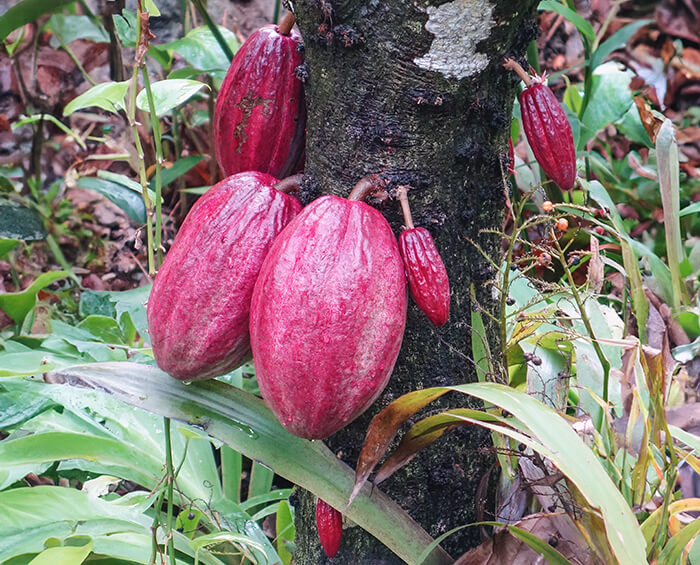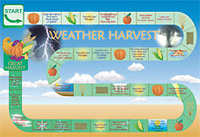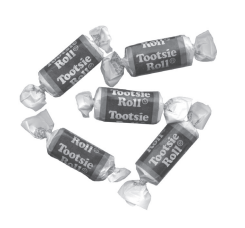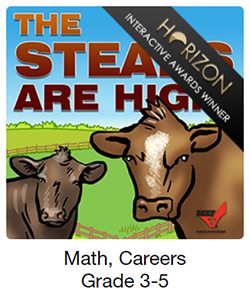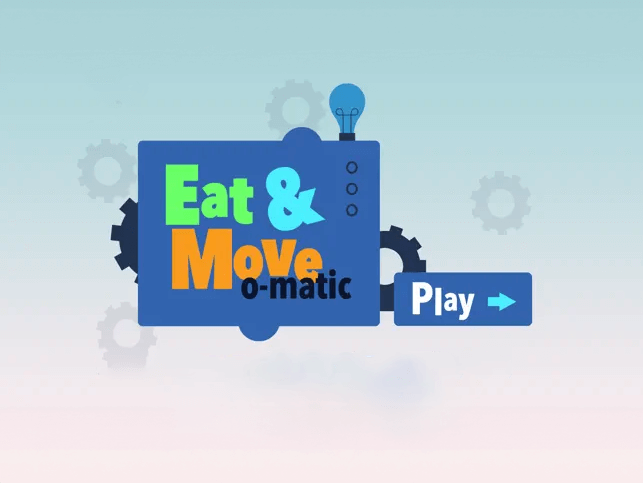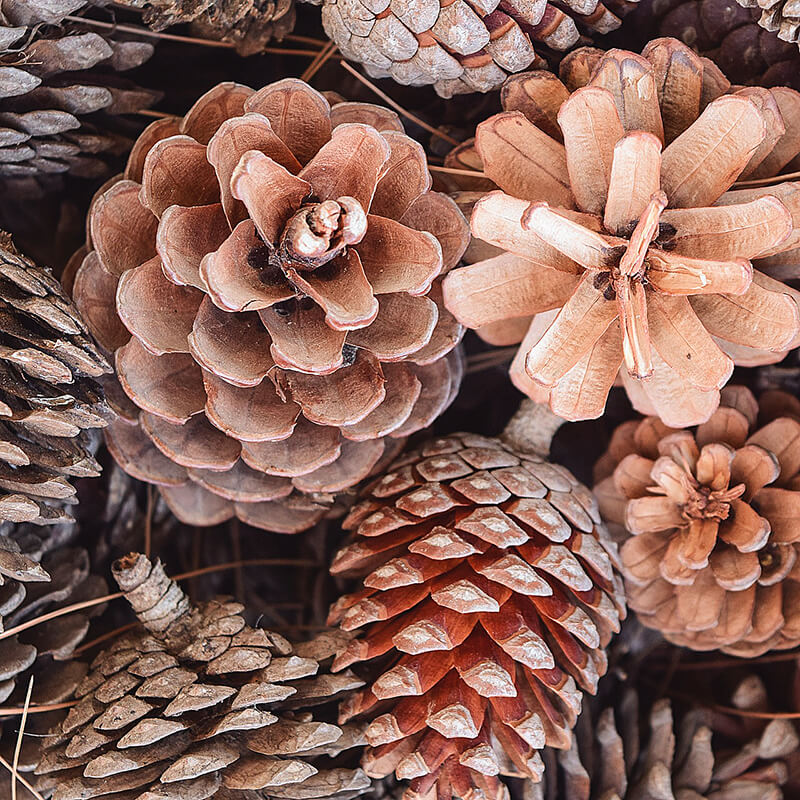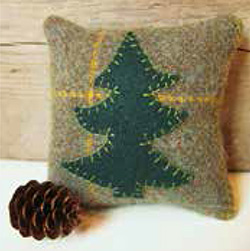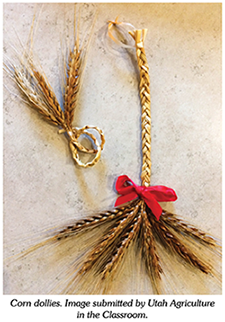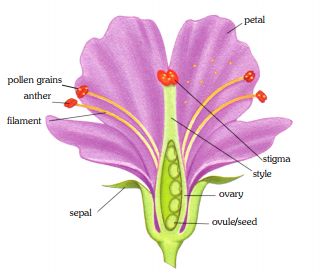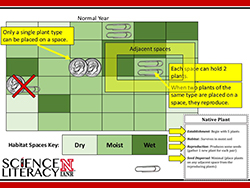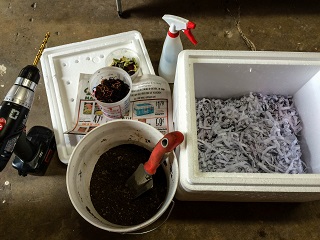
Make Your Own Worm Bin
Vermicomposting in your classroom is an effective way to engage students with a wide variety of science concepts. This activity will show you how to make your own worm bin out of a recycled styrofoam cooler. Prepare the cooler ahead of time, and then have students add the bedding, worms, and vegetable scraps.
